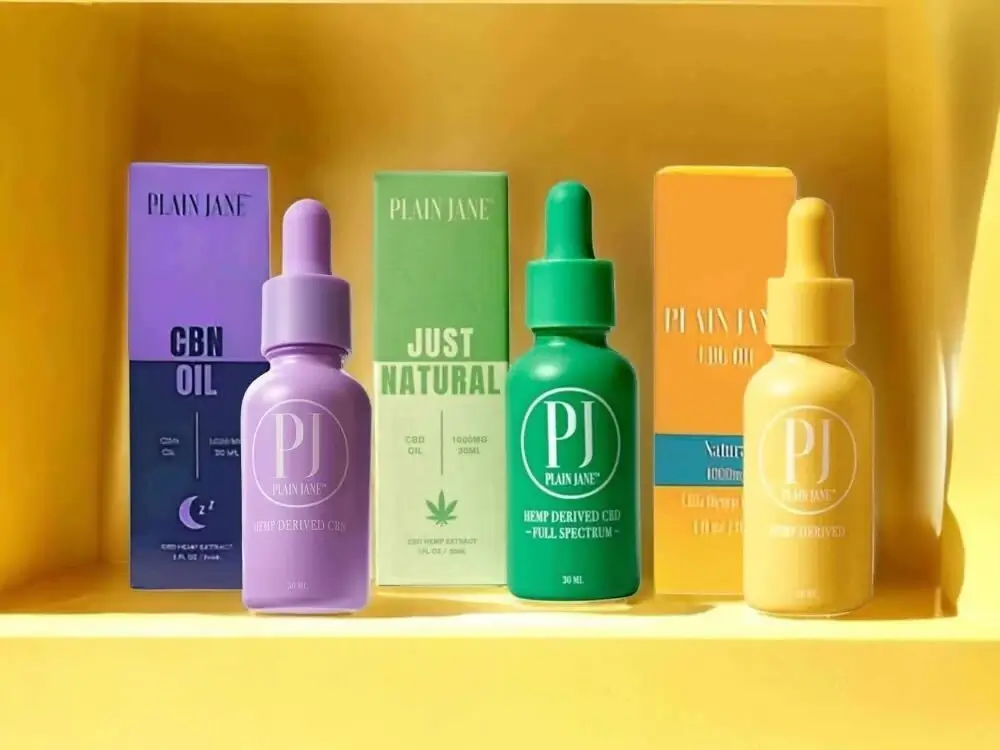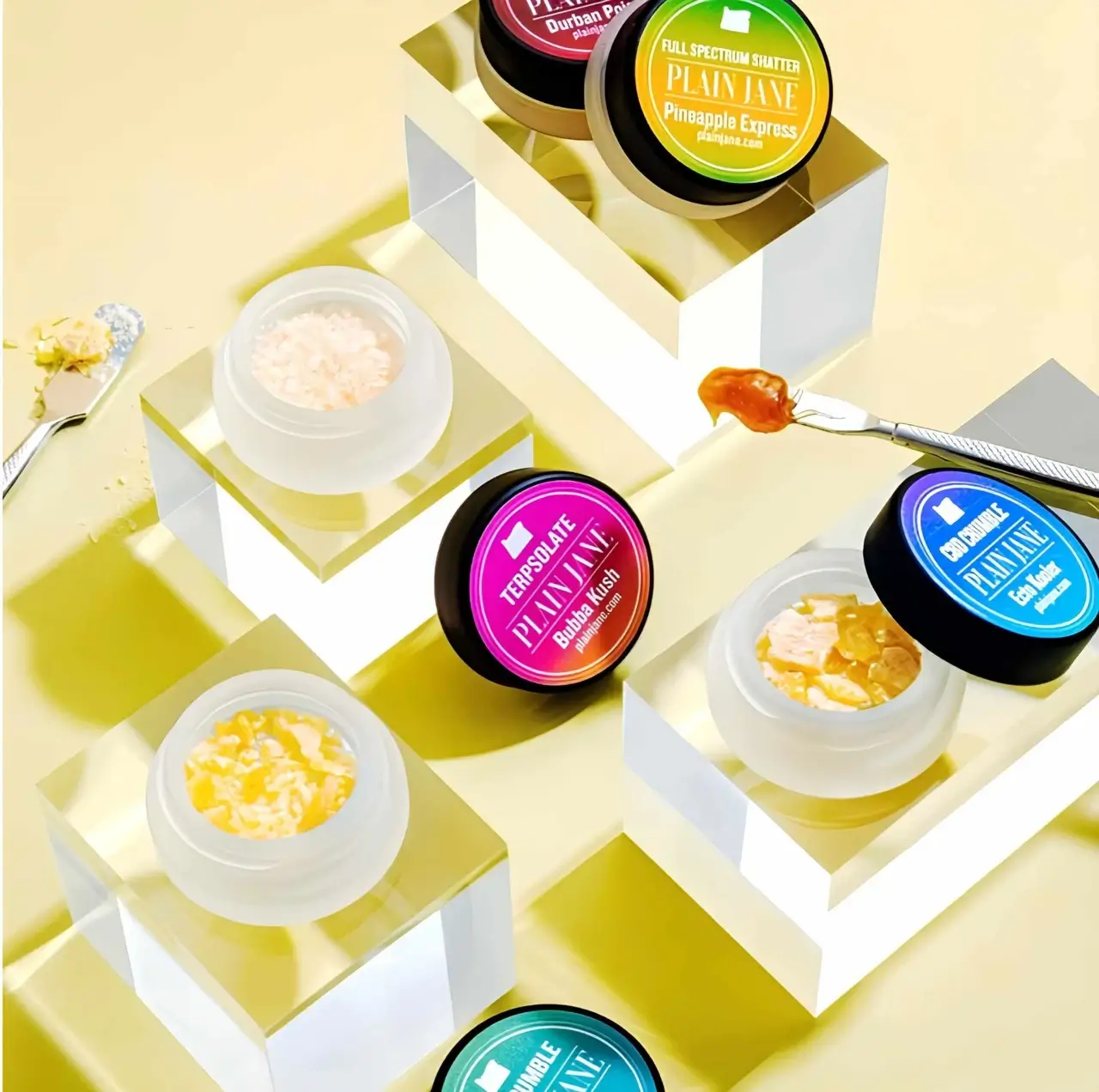Vaping has transformed from a niche alternative for smokers into a multibillion-dollar global industry. Once regarded as a trendy experiment, it is now a mainstream habit for millions of adults seeking an alternative to traditional tobacco products that has grown in popularity among adult consumers.. At the same time, it has become a major concern for governments and health authorities worldwide. With youth usage on the rise, questions about long-term health effects still unanswered, and the environmental impact of disposable devices mounting, vaping is under the regulatory spotlight. The next few years promise to bring sweeping changes that could reshape the entire industry.
One major shift in this conversation is the popularity of disposable devices such as the Iget Bar Pro. These convenient, pre-filled vapes offer portability and simplicity, making them attractive to new users. However, their affordability and appealing flavors have also sparked concerns that they are too accessible to underage users. Regulators are paying close attention, and as demand grows, disposable products are likely to be among the first areas targeted for stricter rules on sales, marketing, and waste disposal.
Global Trends in Vaping Regulations
Vaping regulations currently vary dramatically across the world. Some governments embrace vaping as a harm-reduction tool, while others restrict or even ban it outright. Over the next few years, a clearer global direction is likely to emerge, with countries aligning around best practices for public safety and health.
For example:
-
United States: The Food and Drug Administration (FDA) has been aggressive in scrutinizing flavored e-liquids and disposable vapes. Many products are already being pulled from the market if they lack premarket approval. More comprehensive restrictions on flavors and stronger enforcement against illegal imports are expected soon.
-
United Kingdom: Regulators promote vaping as a safer alternative for smokers trying to quit. However, even in the UK, the government is preparing stricter rules on marketing and packaging to curb youth uptake.
-
Australia: Nicotine vaping products are available only by prescription, reflecting a cautious and highly restrictive stance. This model may influence other nations to consider stronger medical oversight.
-
European Union: The EU regulates nicotine concentration levels and packaging under its Tobacco Products Directive. In the coming years, discussions may intensify around flavor bans, taxes, and sustainability requirements for vaping devices.
The big picture is clear: vaping will not be left unchecked. Whether through tighter sales controls, advertising restrictions, or environmental legislation, the industry will be shaped by evolving policies.
Youth Access Prevention
One of the strongest motivators for regulation is protecting young people. Surveys worldwide show that vaping is increasingly popular among teenagers, who are drawn to colorful packaging, fruity flavors, and discreet devices. Governments are under pressure to act quickly to stop underage access.
Future measures may include:
-
Enhanced age-verification systems, both in stores and online.
-
Stricter advertising bans, especially on social media platforms, where young audiences are active.
-
Packaging regulations require plain designs similar to cigarette packs.
-
Stronger penalties for retailers caught selling to minors.
Such efforts will likely reshape how companies market and distribute their products. While these rules could make it harder for brands to reach adult consumers, they are almost inevitable as governments prioritize youth protection.
Flavor Restrictions and Their Market Consequences
Flavors have long been at the center of vaping debates. Adults often cite flavors as a key factor in helping them transition away from cigarettes, but regulators argue that flavors like mango, cotton candy, or bubblegum disproportionately attract teenagers.
In the next few years, more regions may follow the path of banning or restricting flavored vapes. In practice, this could mean that only tobacco, menthol, or unflavored options remain legally available. While this could reduce appeal for new underage users, it may also discourage some adult smokers from switching.
For businesses, flavor bans represent both a risk and an opportunity. Brands will need to innovate within the legal boundaries, finding ways to offer enjoyable experiences without breaking new restrictions. For consumers, the variety of options may shrink, pushing many toward refillable systems or regulated markets where alternatives remain available.
Environmental Concerns: Disposable Vapes Under Fire
Beyond health debates, environmental concerns are becoming another driver of regulation. Disposable vapes, while convenient, contribute heavily to electronic waste. Millions of devices end up in landfills each year, containing plastic, lithium-ion batteries, and residual nicotine.
Governments are beginning to take notice, and the future could bring:
-
Recycling or take-back programs are mandated by law.
-
Eco-friendly product design requirements for manufacturers.
-
Potential bans on single-use vapes in certain regions.
This shift could push the industry toward more sustainable devices, such as refillable pods and modular systems. Companies that innovate with greener solutions may gain a competitive advantage in the regulatory environment ahead.
Taxes and Economic Impact
Like traditional tobacco, vaping is increasingly viewed as a taxable industry. Excise taxes are already being introduced in many countries, and the trend will only grow stronger in the coming years.
The impact of taxes may include:
-
Higher retail prices for consumers make vaping less affordable compared to cigarettes in some markets.
-
Revenue opportunities for governments to fund public health campaigns or research.
-
Market shifts toward longer-lasting, refillable devices as consumers look for better value.
However, excessive taxation could backfire, pushing users toward black market products that are unregulated and potentially unsafe. Striking the right balance will be crucial for policymakers.
Technology and Compliance Innovations
Regulation often fuels innovation, and vaping is no exception. In response to stricter rules, companies may turn to technology to ensure compliance and differentiate themselves from competitors.
Possible advancements include:
-
Smart vapes with built-in age verification or usage tracking.
-
Safer battery technology to reduce risks of overheating or explosions.
-
Eco-friendly materials designed to meet recycling requirements.
-
Improved nicotine delivery systems that meet regulatory safety standards.
Brands that stay ahead of these trends will not only meet future legal requirements but also gain consumer trust. Smaller players, however, may struggle to keep up with the costs of compliance, potentially leading to industry consolidation.
What Consumers Should Expect
For consumers, the tightening of vaping regulations will likely be a mixed experience. On the positive side, devices are designed to meet stricter manufacturing and compliance standards. Recycling initiatives could also make vaping more environmentally friendly. However, challenges include reduced flavor variety, higher prices due to taxes, and stricter purchasing requirements.
Adult vapers who rely on flavors or disposables may need to adapt by exploring refillable systems or other alternatives that remain compliant. Staying informed about local regulations will be essential to avoid disruptions in access to preferred products.
The Road Ahead
The future of vaping regulations is complex, reflecting the tension between harm reduction and public safety. Policymakers face the difficult task of protecting youth while still offering smokers an alternative to traditional cigarettes. The next few years will be pivotal in determining whether vaping becomes widely accepted as a regulated harm-reduction tool or more heavily restricted as a public health concern.
What is certain is that the industry will not remain as it is today. Both consumers and businesses must prepare for a future where compliance, sustainability, and safety play central roles. Companies that anticipate these changes, adapt their products, and embrace innovation will be best positioned to succeed in this evolving market. For consumers, awareness and adaptability will be key to navigating the new vaping landscape.
Article written by Vishal Bisht






